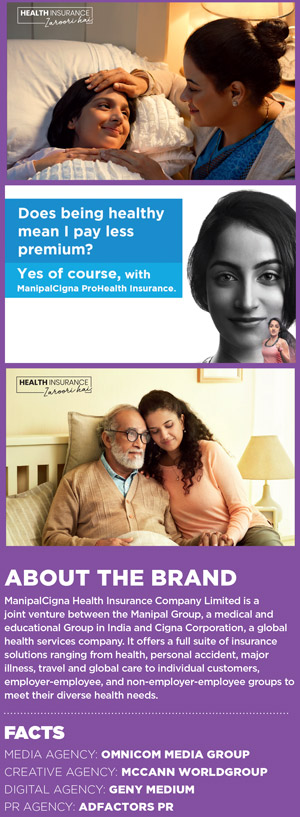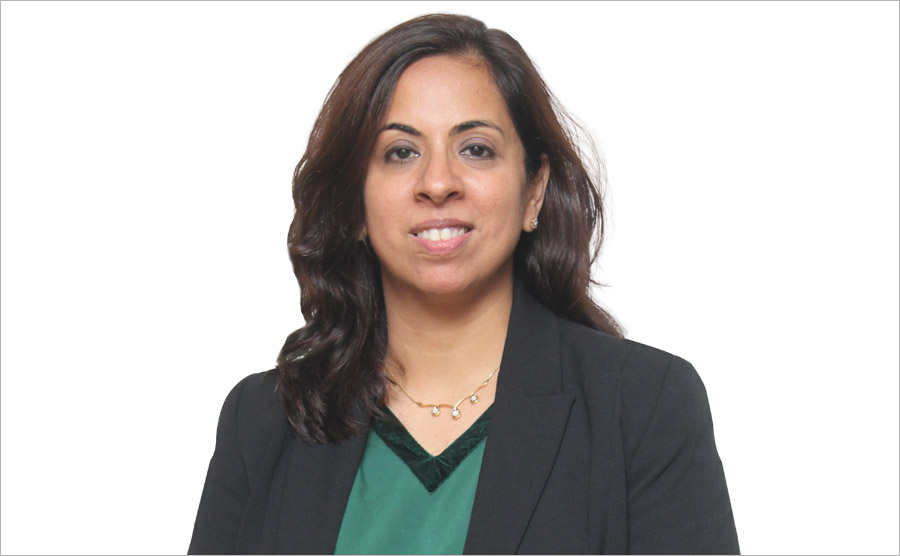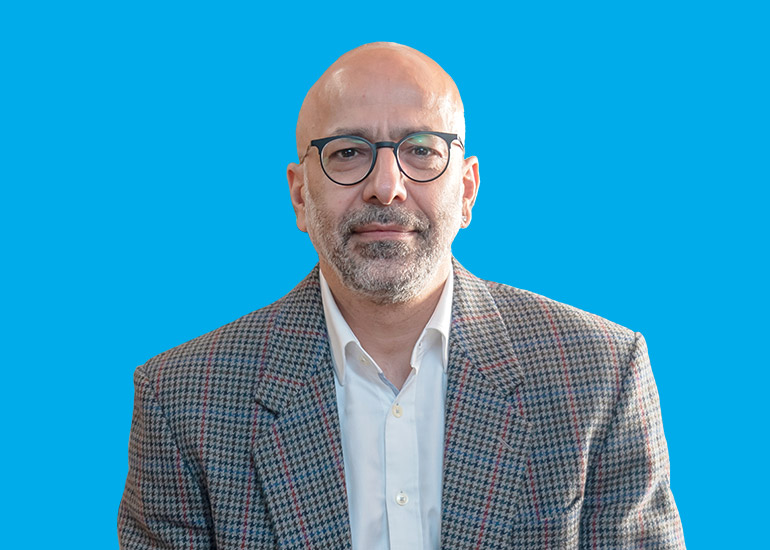Cigna is a U.S. based company, and one of our partners from the very beginning. There were a lot of discussions over a period of time, since TTK wanted to move out. Manipal was looking at health insurance since they are into hospitals and education, and the timing was just right. Interestingly, Dr Ranjan Pai of Manipal worked at Cigna U.S. in the past and it was a natural interest.
Q] A lot of people still know the company as Cigna TTK. What are you doing to build a strong presence as ManipalCigna Health Insurance?
A lot of work has gone into the positioning of the brand, its tonality, etc. There is a lot of reliability and trust around both Cigna and Manipal. Cigna is all about health financing, whereas Manipal brings the entire delivery and knowledge to the table. Most of our customers were aware of our plan to tie up with Manipal and we used this opportunity to move from reassurance to re-energizing our customers. Our PR media activities started a year back, and it was a seamless transition.
Q] How are you leveraging the synergies between the companies to achieve maximum utility for the brand’s new identity?
Manipal brings in a lot of knowledge about healthcare, and we are leveraging its network of doctors and bringing that access to our customers. We are building a new website, and are doing a lot of work around quality healthcare content. As a brand, we have been focused on wellness, and have lead with that in the market. We as a brand wanted to evolve, not move. So, what’s good stays, and what’s better gets added to it. We used an onion ring approach and have added easy and lifetime access to quality healthcare, with Manipal.
 Q] Tell us about some of the advertising and marketing initiatives by the brand for the name change announcement.
Q] Tell us about some of the advertising and marketing initiatives by the brand for the name change announcement. We looked at the name change holistically. It was the entire brand transition, right from the name change, and digital stood out. We’ve engaged in an ongoing digital transformation project with E&Y to gather customer insights. We are thinking of increasing our digital, and might come up with a new film on digital. We did print and television during our initial launch, and realized that print worked favorably for us, because of its credibility, and timely impact. We are also evaluating Television - News and Sports - as we see very high spends, and value for money for the brand. We want to be very customer segment focused albeit we don’t want to go overboard and look for mediums which allow that.
Q] What are your observations in the health insurance category since the inception of the company in 2014, then known as Cigna TTK?
Awareness of the category and how people think of health insurance has been a key trend. When we initially did our research, and asked people if they had insurance, 90% of them would say yes, but in their minds it would be a life insurance. From there, to people thinking about health insurance, is a big step. From a consumer viewpoint, their expectations have changed as they now want the same interaction from traditional industries like insurance, as with other categories. The Ayushman Bharat Yojana and PM Modi’s focus on health insurance have also been good for the sector.
Q] What is the market share of ManipalCigna, and what is the target market share? Also, which you’re your strongest growth markets, today?
Our market share rose to 40% in FY-18 from 36.71%, the previous year, for standalone health insurance companies. We do not have a target market share as both Manipal and Cigna are focused more on the quality of business, and the KPI is more about growth. North has been a key market for us, followed by West and South with equal numbers. The Bombay, and the Pune belt is also getting stronger.
Q] What are the challenges that you currently face as ManipalCigna?
Increasing the brand scale, and distribution at an effective cost, in order to reach the end consumer, is a challenge from a business standpoint. From a marketing point of view, the key challenge for us is the impact on customer experience and interaction, right from the time that we board a customer to the final walk.
Q] Apart from gaining new customers, what are you doing to maintain your existing customer database?
That’s a very important part of our business, and we have been fairly consistent with our renewal program. We do a lot of communication with our customers through our ‘ProActiv Living Program,’ a health and wellness program, wherein customers could get up to a 20% discount on renewals. There are various parameters which give us engagement opportunities and make our customers stick with us. Insurance touch points are very limited and interactions mostly happen during claims, which is not very good. The idea is to engage with them even in good times.
Q] What do you anticipate the health insurance category to be like 5 years down the line?
We are at the tipping point, and people will soon realize the importance of health insurance. With the various government initiatives, there is standardization happening on the hospital side, and delivery systems will change. The claim ratios are reasonably high in our country, but customers still feel like they’re not paid.
Q] What should a marketer focus on, when dealing with M&A?
A lot of details and backup plans. If you do a good amount of planning of what can go wrong, you will be less paranoid about things not falling in place. The entire organization needs to look at it from a project management point of view and people from across functions should be a part of this project. It’s all about creating champions for each stakeholder and metrics across the organization.
























